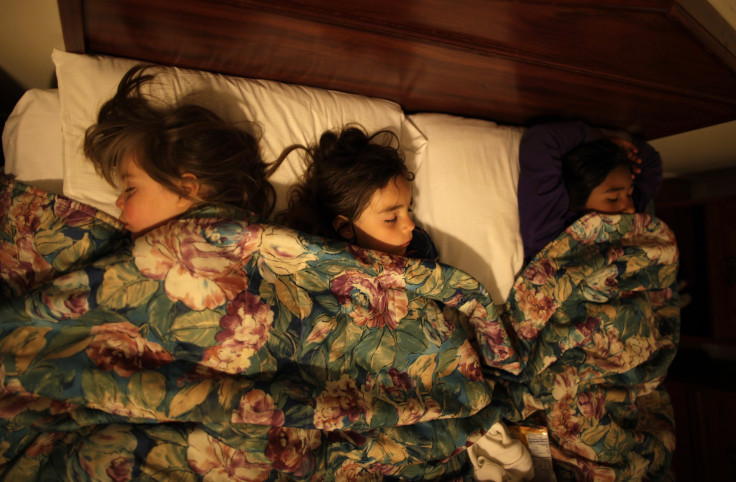Abused Foster Kids Often Victimized Again After Returning To Their Families

One in three children who have been reunified with their families after being placed in foster care will be mistreated again, according to Canadian researchers. “There are studies (mostly in the United States) which report rates [of recurring mistreatment]… varying between 14 percent and 46 percent,” wrote Dr. Sonia Hélie, an associate professor at University of Montreal and co-author of a new study, in an email to Medical Daily. “So our finding is within the range of what is usually observed elsewhere for all children in protection services.”
The Plight of Former Foster Children
What exactly happens to foster children? One formal investigation, known as the Midwest study, has tracked and evaluated former foster children who have aged out of the system and begun their transition to full adulthood. These 732 former foster children from the states of Iowa, Wisconsin, and Illinois have been surveyed at periodic intervals: at ages 17 or 18, 19, 21, 23 or 24, and 25 or 26. While the overall response rate has dropped slightly over time, the study offers some insight into the adult functioning of these people.
At age 25 or 26, four-fifths of these former foster children had earned a high school diploma or a GED. However, only 11 percent of the young women and just five percent of the young men had even an associate’s degree; these figures are considerably lower than the percentage of young adults in the general population who are full college graduates. More troubling, perhaps, was their economic position. Fewer than half were currently employed, and most who had a job were not earning a living wage; half who reported working during the past year earned $9,000 or less annually. Half of the participants experienced at least one economic hardship, and one quarter had experienced food insecurity during the past year. Two-thirds of the young women and two-fifths of the young men had received food stamps during the past year.
“At the same time, it is important to keep in mind that some of Midwest Study participants have managed to “beat the odds” and made significant progress toward self-sufficiency,” the authors observed. These resilient individuals had graduated college, secured a steady job, found friends and social support, and established a stable home. They overcame and learned to thrive, due in part to the devoted teachers and social workers who touched their lives.
Younger Children and Neglect
For the current study, Hélie and her co-researchers examined rates of re-reports of maltreatment among children within Quebec’s child protective services (CPS) program. The team studied 4,120 children who had been removed from their homes during two separate time periods: between 2003 and 2004 as well as 2007 and 2008. The group’s analysis estimated an overall risk of recurrence within 5.3 years after intervention was 33 percent, though the rate varied depending on the child's age — younger children are more likely to be neglected or mistreated once returning to parental care.
“Children aged 3 to 5 were most at risk of being abused or neglected again,” said Dr. Marie-Andree Poirier, co-author of the study. “This is due to their vulnerability and the constant care that they need.” Surprisingly, gender, race or ethnicity, or a child’s disability or mental health status did not raise the risk of maltreatment at any age.
Source: Helie S, Poirier MA, Turcotte D. Risk of maltreatment recurrence after exiting substitute care: Impact of placement characteristics. Children and Youth Services Review. 2014.



























